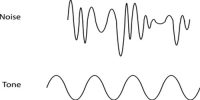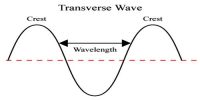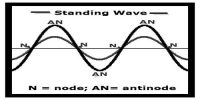The incident and reflected ray obey two simple laws:
First law: The incident ray, reflected ray and the normal at the point of incidence on the reflector lie in the same plane.
Second law: The angle of incidence is equal to the angle of reflection.

When light is reflected from a surface, then it must obey the laws of reflection. How light will be reflected from a surface depends upon the nature of the reflecting surface. Depending on the nature of the reflecting surface, reflection may be of two kinds.
- Regular or uniform reflection
- Diffused or irregular reflection
Regular reflection: If a parallel beam of light falls on a smooth surface and after reflection remains parallel, or is converted into a convergent or a divergent beam, then such type of reflection is called regular reflection. For example- when a parallel beam of light incident on a plane mirror or on a well polished metal surface, the beam remains parallel even after reflection. In this case, the angle of incidence for each incident ray is the same and the angle of reflection for each of the ray is also the same due to regular reflection.

Figure (1): Regular reflection Figure (2): Diffused reflection
Diffused reflection: If a parallel beam of light is incident on a surface and after reflection it is neither parallel nor converted into a convergent or a divergent beam, then such reflection is called diffused or irregular reflection.
Figure (2) shows that a parallel beam of light incidents on a rough surface. In this case, the rays incident at different angles at different point of incidence on the rough surface, as a. result the corresponding angle of reflection of these rays become different. Due to this, the reflected rays are no more parallel. Objects which we see around us, most of their surfaces are not smooth. As a result, the reflected rays which enter to our eyes are diffused in nature. Due to this, the objects appear dim instead of bright. Most of the surfaces which appear smooth to naked eyes actually are not smooth. When these objects are viewed with a microscope then they appear rough.















